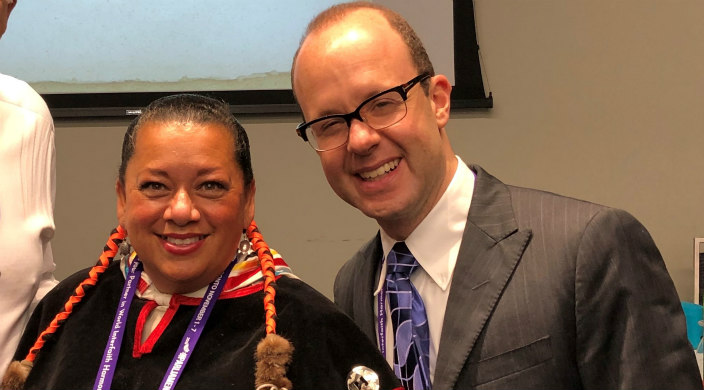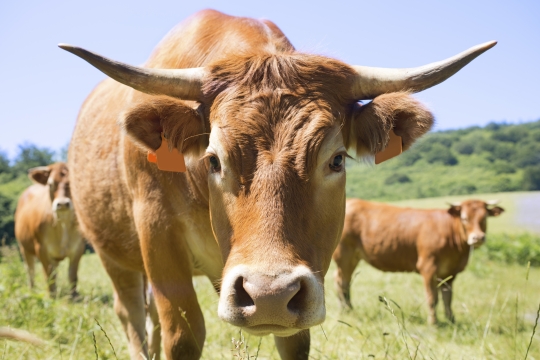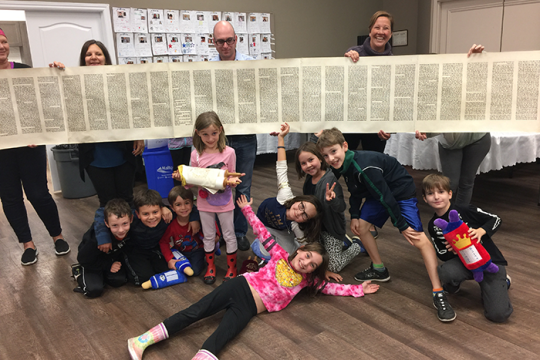
Certain Torah portions stand out as a timeless call for our people. Acharei Mot falls into this category of essential themes on which to reflect. After the death of his sons Nadav and Avihu, Aaron struggles deeply, striving to cope. He initially does so in silence, steadfastly present but unable to find the words to speak. Over time, we get to know Aaron and gain an appreciation for his cautious use of words. Sometimes it seems there really is nothing appropriate to say. In these instances, we too respond in silence as we stand in solidarity with our brothers and sisters.
I often find myself at a loss for suitably sensitive words when tackling matters of death – specifically related to the Holocaust. I am the grandchild of Holocaust survivors. This tragic narrative of hate, pain, and sadness is buried deep within my soul; I carry it everywhere I go. Like Aaron, I often turn to silence as I remember the lives lost, as I persevere in honouring the legacy of our brethren and attempt to stand strong in the face of evil.
Now, I have a new partner in these endeavors: my friend Kim Wheatley.
Kim is an Anishinaabe (Ojibway) band member of Shawanaga First Nation. She is Turtle Clan and a proud mother and grandmother. She is the grandchild of survivors of the Canadian residential school system, which operated in Canada for more than 150 years and enrolled more than 150,000 children. Often underfunded and overcrowded, these schools were used as a tool by the government and religious institutions in an attempt to hasten assimilation. Thousands of students suffered physical and sexual abuse. All experienced loneliness and a longing to be home with their families. Many never returned home to their loved ones. The damages inflicted by these schools continue to reverberate to this day. We are only now beginning to cope with the weight of this unjust campaign.
Kim and I have served as teachers in our respective communities. On the surface, the collective narratives of the Jewish people and Indigenous people differ greatly. However, both peoples share commonalities in their commitment to peoplehood, spirituality, and investment in the land. Further, both communities have suffered unspeakable hardships in their histories and today face the challenge of holding this troubled past close while attempting to identify a pathway forward.
This journey of healing can be fostered in tandem. There have been many moments when I have been struck by that which Kim and I share. Working with my confirmation students, I once spoke about the numbers that Holocaust survivors had tattooed on their arm, a regular reminder of the destructive forces they faced. Kim shared that many residential school students were also assigned such numbers. This act was a means to remove Indigenous names, depersonalizing life stories. In a room usually filled with boisterous youthful noises, we all became silent, processing this shared fact.
The Canadian Council for Reform Judaism (the body that works with Reform congregations in Canada) has identified interfaith work with the Indigenous community as a priority. At the URJ Biennial in 2013, the General Assembly passed a resolution on First Nations recognition. Our work is not easy, neither within our own communities nor in dialogue with one another. How is it possible to simultaneously find the right words to process our pain, work toward healing, and identify a pathway forward? Sometimes there are no words. And following in Aaron’s path, we march in silence, but with a firm sense of intention. We support one another as a united whole.
We are immersing ourselves once again in the Passover season. We continue to identify with the cries in our midst – that sometimes are held deep within. Whatever form they take, we are called to give voice to them with honour and care. And in doing so, we take steps toward a better day, freedom for all.


